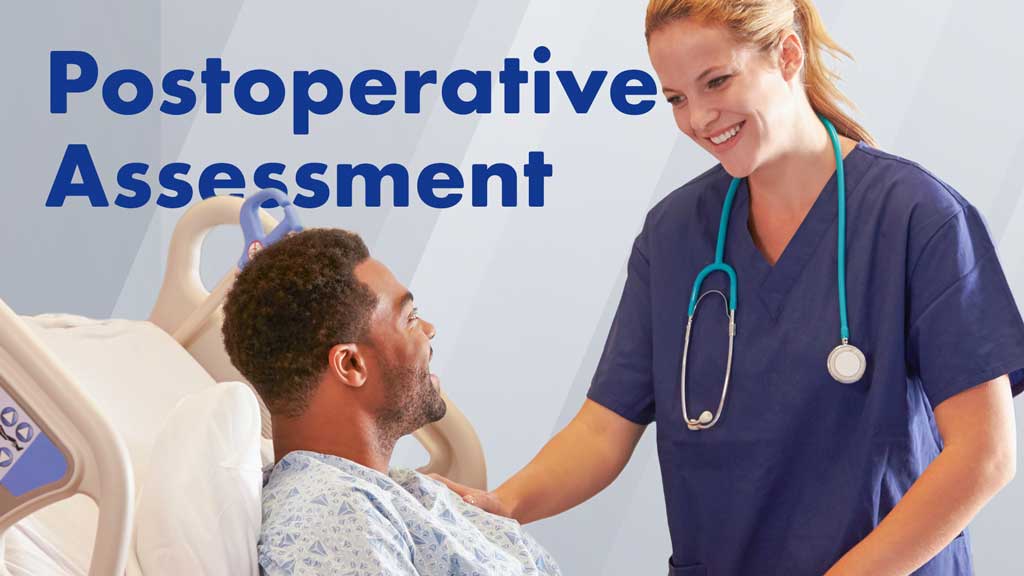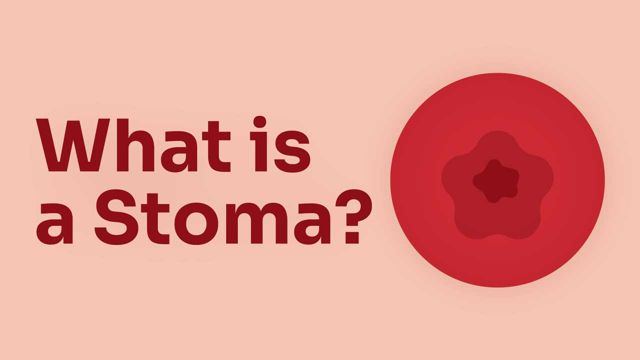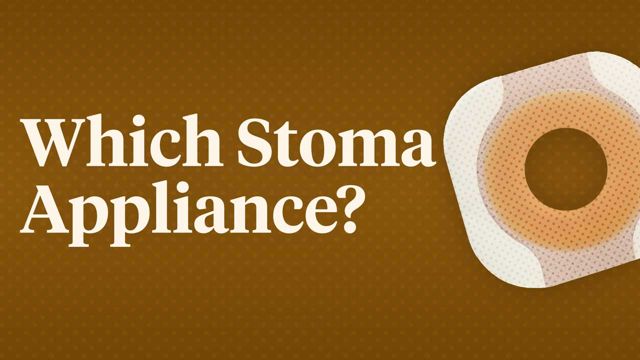Postoperative Assessment and Monitoring


Content
What you'll learn:
Be better able to recognise potential clinical deterioration in patients postoperatively through the adoption of a standardised approach to assessment and monitoring.
Effectively communicate and escalate care accordingly if assessment findings reveal a patient is at risk of clinical deterioration, postoperatively.
Who it's for:
Why it's needed:
Differences in the capability of individuals to identify and escalate the care of patients who develop complications after surgery is a significant factor in patient adverse outcomes. Frameworks can support postoperative assessment and monitoring to ensure all healthcare professionals can recognise and respond early to potential complications.
There is a timely need for healthcare professionals to gain new knowledge and have existing knowledge reinforced on how a standardised approach to postoperative assessment and monitoring can aid in the early detection of clinical deterioration and reduce adverse patient outcomes.
Purpose:
Topics
Assign mandatory training and keep all your records in-one-place.
Find out more
Recommended resources










 New
New